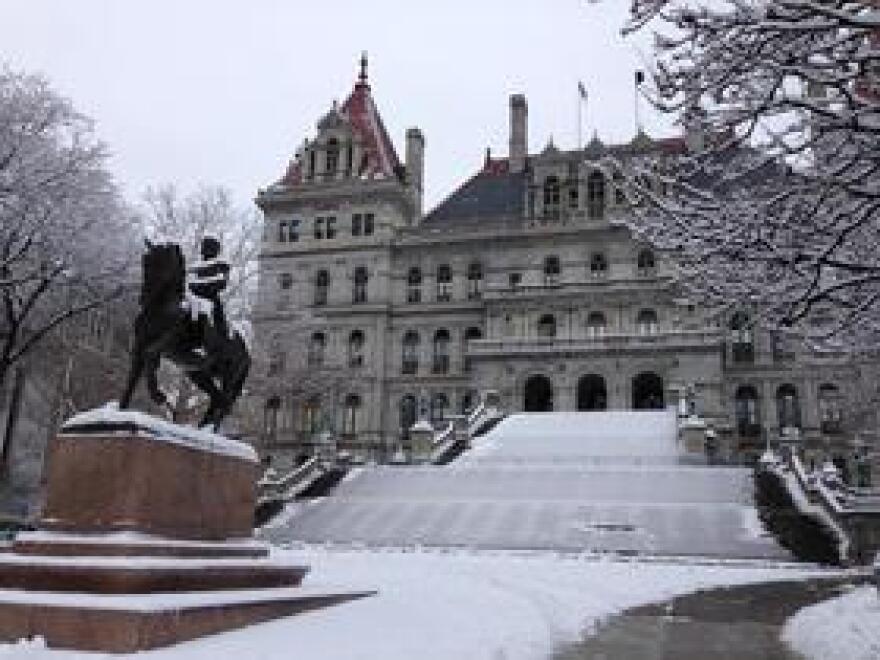Local governments and schools say they are struggling over a property tax cap that will allow what amounts to a 0 percent increase in tax levies in the coming year.
But Gov. Andrew Cuomo says they’ll likely have to stick with those rules.
Mayors expressed concern about the near 0 percent tax cap at their annual meeting, where they questioned Senate Majority Leader John Flanagan about whether he’d be open to making changes to allow tax levies to rise. When the tax cap was enacted in 2011, the limits were 2 percent per year or the rate of inflation, whichever is less. That means this year, the growth rate for the cap is 0.12 percent.
Flanagan, a Republican, answered that even some GOP senators are growing concerned.
“We have some members who feel there should be no changes to the tax cap, we have some members who feel it should be a straight 2 percent,” said Flanagan. “There’s a mixed bag of ideas.”
School districts also are worried. Michael Borges, with the Association of School Business Officials, says the costs that face schools are mainly related to payroll and other personnel expenses. They are rising much higher than the consumer price index, or CPI, which is calculated by pricing a market basket of consumer goods .
“We spend the bulk of our money on pensions and health care and special ed services,” said Borges, “which are not in the basket of products that constitute the CPI.”
Many Assembly Democrats also think the cap is too low. Assembly Speaker Carl Heastie says he’d like to see a “true” 2 percent per-year tax cap.
“We want to constrain property taxes,” Heastie said. “But it would also give localities the ability to deal with rising expenses and mandates that they have to cover.”
But he says it’s not likely to become part of the budget this year.
Cuomo agrees. He’s against making changes. The governor says the whole point of the cap is to make it more difficult to raise taxes.
“These local governments have been on automatic pilot, raising taxes year after year,” said Cuomo, who said they have treated taxpayers like a “piggybank.”
“You are literally chasing people from the state,” Cuomo said.
Cuomo says local government leaders do have the power to override the cap, if a 60 percent supermajority of the members of a city council, town board or county legislature agree to override it. He says in many localities, one party is dominant, and could engineer an override vote. He says they just don’t want to.
“Politically, they don’t want to override (the tax cap),” Cuomo said. “It’s become a good housekeeping seal for budgetary diligence.”
There is a way that lawmakers could act to bail local governments and schools out without changing the terms of the tax cap. Borges, with the school business officials, says the State Legislature could make up the difference with more state aid. After all, he says, the state is running a surplus.
“Asking for significant changes to the tax cap this year are going to be problematic,” Borges says. “The easier path would be to increase school aid accordingly.”
The mayors would like to see at least an exemption for taxes raised to fund capital projects. School districts are allowed that exemption under the rules of the tax cap.
Local governments squeezed by the tax cap are not likely to make up any revenues from sales taxes. A report by the State Comptroller this week finds that 30 of the 57 counties outside of New York City saw a decline in sales tax in 2015. Only western New York and the Capital Region experienced slight increases in sales tax collections. Reasons could include a weaker than average holiday shopping season, and more people making purchases on the Internet.


